Appreciating folklore and the nature that inspires it 🌿
Don't wanna be here? Send us removal request.
Text
4 notes
·
View notes
Text

'Foxes Meeting at Oji' by Utagawa Hiroshige, 1857
13K notes
·
View notes
Text

The Tata Duende, from Belizean folklore, is a small but powerful creature that protects the animals of the jungle. Like many creatures from South and Central America, it is said to have its feet pointed backwards to confuse those who try to follow him.
3 notes
·
View notes
Text

'Foxes Meeting at Oji' by Utagawa Hiroshige, 1857
13K notes
·
View notes
Photo

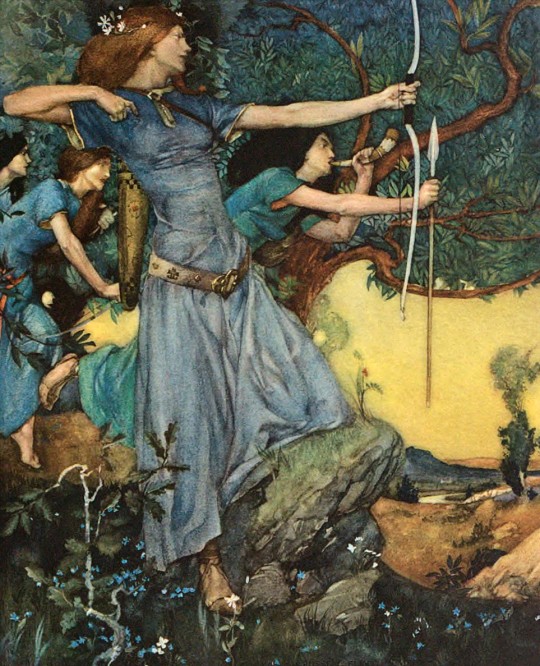
Illustrations from Le Morte d’Arthur by W. Russell Flint (1910)
8K notes
·
View notes
Text

map showing the way europe played 5d ping pong with its words for vampires. had to do my own damn map of this so i thought i'd share it cause why not
some words of explanation:
the root of most of these, excluding the blue ones, comes from Turkic languages (most likely Tatar, but we aren't exactly sure, so for simplicity i just made the slightly redder starting point in eastern Turkey, I am ready to face death at the hands of professional linguists) from words like "ubyr", "opyr", "uber", and other variations of that. the general consensus is that they initially meant "witch".
"strix" is Latin for owl; "striges" were owl-like female demons from ancient Rome who fed on human organs, mentioned for example in the Satyricon. "strega" is Italian for "witch".
the Greek "vrykolakas" comes from the Slavic "vukodlak", technically meaning "werewolf", but in reality it was used for vampires as well. the vrykolakas were definitely more vampires than werewolves, being dead bodies who rose from the grave.
the Russian "vurdalak" appeared only in the 19th century with Pushkin's works, because he read Byron's "The Giaour" in which there is a footnote explaining that the Greek word for vampire is "Vardoulacha" (close enough, I guess) and he made his own version based on that
Everyone now uses "vampire" and variations thereof due to pure chance, because it just so happened that the first reports about the living dead reached western Europe from Serbia thanks to Austrian officials recording the panic surrounding Petar Blagojević. It eventually circled back to Eastern Europe in that form overthrowing most of the regional variants like upyr. This map is focused on Poland in this regard because I am Polish and this map is intended for a presentation for a Polish audience.
my sources:
"Upiór. Historia naturalna" by Łukasz Kozak
"Russian "vurdalak" 'vampire' and Related Forms in Slavic" by Francis Butler
"East European Vampires" by Felix Oinas (this one is slightly outdated, but the etymological parts seemed fine when compared to other sources)
1K notes
·
View notes
Text

'Foxes Meeting at Oji' by Utagawa Hiroshige, 1857
13K notes
·
View notes
Photo


The Qallupilluit [Inuit mythology]
The Qallupilluit are an enigmatic race of aquatic creatures. Their bodies, according to Inuit folklore, are humanoid but they are covered in a layer of slime and their skin is a sickly green colour. They are described as having fins and large webbed feet and hands. Inuit elders often claim that Qallupilluit tend to wear an amauti (a basket that Inuit mothers wear on their back to carry young children) made from the skin of eider ducks.
The Qallupilluit can often be heard knocking on the underside of ice layers. Sometimes, you can hear them singing, which according to Inuit elders sounds like ‘be-be-be-be-be-be!’
The Qallupilluit snatch unattended children, put them in their amauti and then disappear under the water. Some stories even tell of Qallupilluit grabbing and abducting grown adults, like kayakers who strayed too far from the known waters. Those kidnapped by a Qallupilluit are dragged to the depths of the ocean and are never seen again.
Because of this, it is assumed that these creatures are an aquatic version of the traditional “bogeyman” figure that’s often found in folktales: a story about a creepy monster that snatches children, which is told to kids to scare them into good behaviour. Regardless, these aquatic beings are not very intelligent and that is their weakness. Some stories are about children who manage to get away from a Qallupilluk by tricking it.
Sources:
“The Hidden: a compendium of arctic giants, dwarves, gnomes, trolls, faeries, and other strange beings from Inuit oral history” by Neil Christopher. The Qalupalik (“The Unikkaakuluit” series) by Elisha Kilabuk. (image source 1: Joy Ang) (image source 2: “The Hidden” by Neil Christopher, drawn by Mike Austin)
89 notes
·
View notes
Text


Some masks I've made recently inspired by the devil and a leshy
24 notes
·
View notes
Photo








Kyōsai’s Pictures of One Hundred Demons Kawanabe Kyōsai 河鍋暁斎 1890
This was one of the Meiji artist’s most popular books, which was published in various editions, including posthumous ones such as this one, from a year after the artist died. It shows a procession of demons who appear throughout the night, offering a spectacular visual encyclopedia of supernatural creatures of premodern Japanese folklore.
MET
289 notes
·
View notes
Text

The Elfin Knight Brian Froud
“After years of painting faeries, I'm often asked if I 'believe' in them. The best answer I can give is that I don't have much of a choice in whether I believe in them or not, for they seem to insist on my painting them.” -Brian Froud
229 notes
·
View notes
Photo
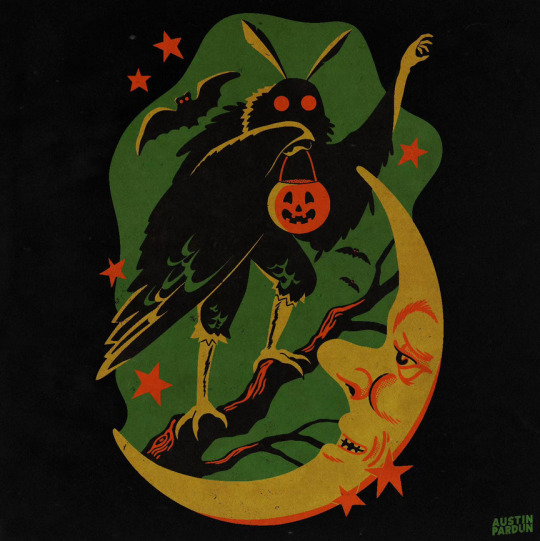
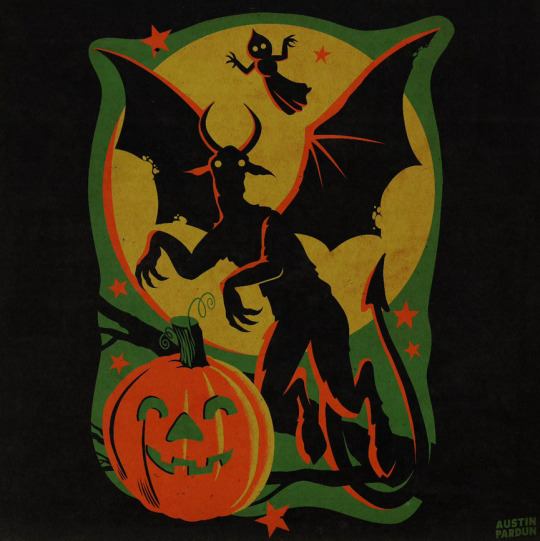
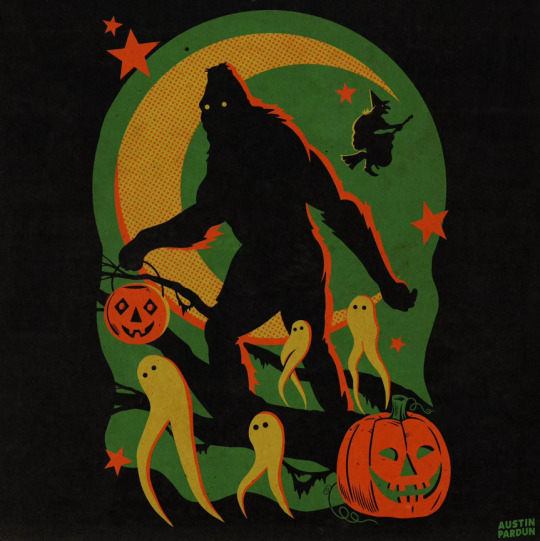
Crytpid series by Austin Pardun on Instagram
Prints available on Etsy!
14K notes
·
View notes
Text

Little doodle of the PRINCE of the cryptids, MOTHMAN!
Couldnt take out my paints today but pretty happy I was still able to doodle!!:D
51K notes
·
View notes
Photo
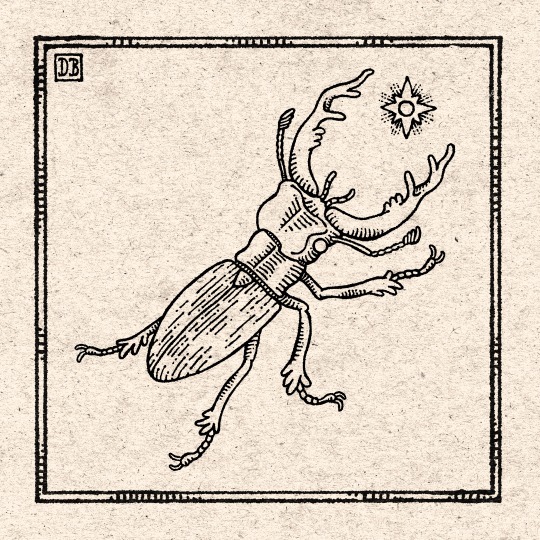
The European Stag Beetle
The stag beetle (Lucanus cervus) is the subject of quite a bit of European folklore. In Germany is was believed that these insects would carry burning coals into homes to set them on fire. Some also claimed that stag beetles could attract lightning, leading to an association with the Norse god Thor. To avoid being struck by lightning, people would wear the heads of the beetles on their hats. Stag beetle heads are actually still worn frequently as an accessory in traditional Bavarian costumes.
Keep reading
463 notes
·
View notes
Photo



Found a desiccated piskie in a tree stump while on a walk the other day. Poor thing must have been dead for some time.
166 notes
·
View notes



